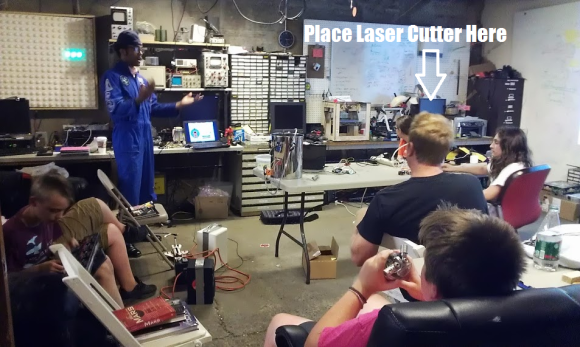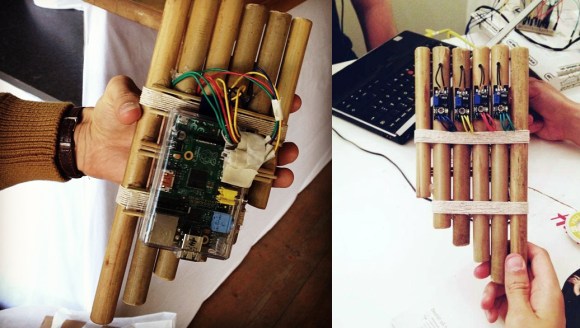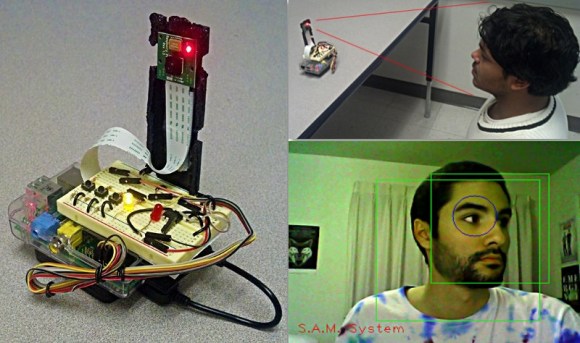
Ithaca Generator, a hackerspace in upstate New York, is running an indiegogo campaign for a laser cutter. With the recent stories of fires, and landlord problems hitting hackerspaces lately, we thought it would be good be to mention a space that is doing well and working to expand their tools. The Generator is looking to purchase a 60 Watt laser cutter. The flexible funding campaign is set for $3000 US, and they are within striking distance of just passed their goal! As any laser veteran will tell you, $3000 isn’t nearly enough for a 60 Watt model from a reputable company. The group already has a donor who will match the campaign final funding amount up to $4000. If the campaign exceeds Now that the campaign has exceeded their goal, the extra funds will go toward a fume extraction systems for the new laser, as well as spare lenses and parts. The group has also added stretch goals for an extended warranty and an upgrade to 90 Watts of laser power.
Many of the donation perks include free membership to the hackerspace. [Vic Aprea], a member of The Generator board told us that out-of-town donors can gift these memberships to anyone local to the hackerspace. A membership would be a great gift for a Cornell or Ithaca college student. For more information on the generator and the campaign check out their website and the video after the break.


















